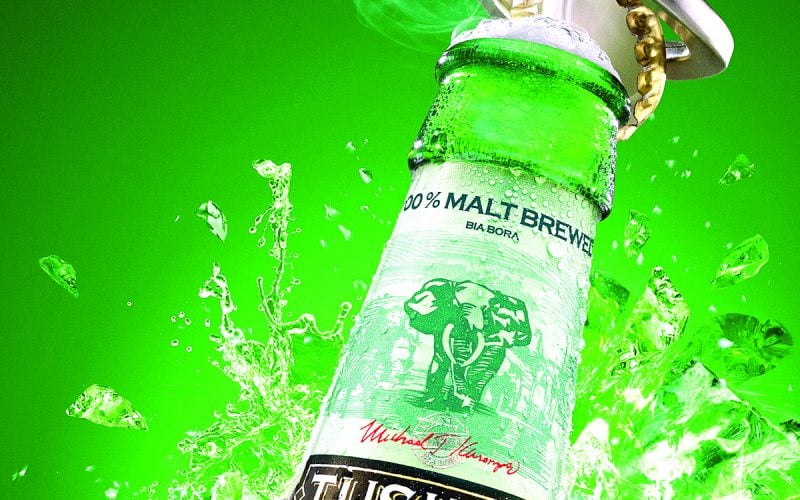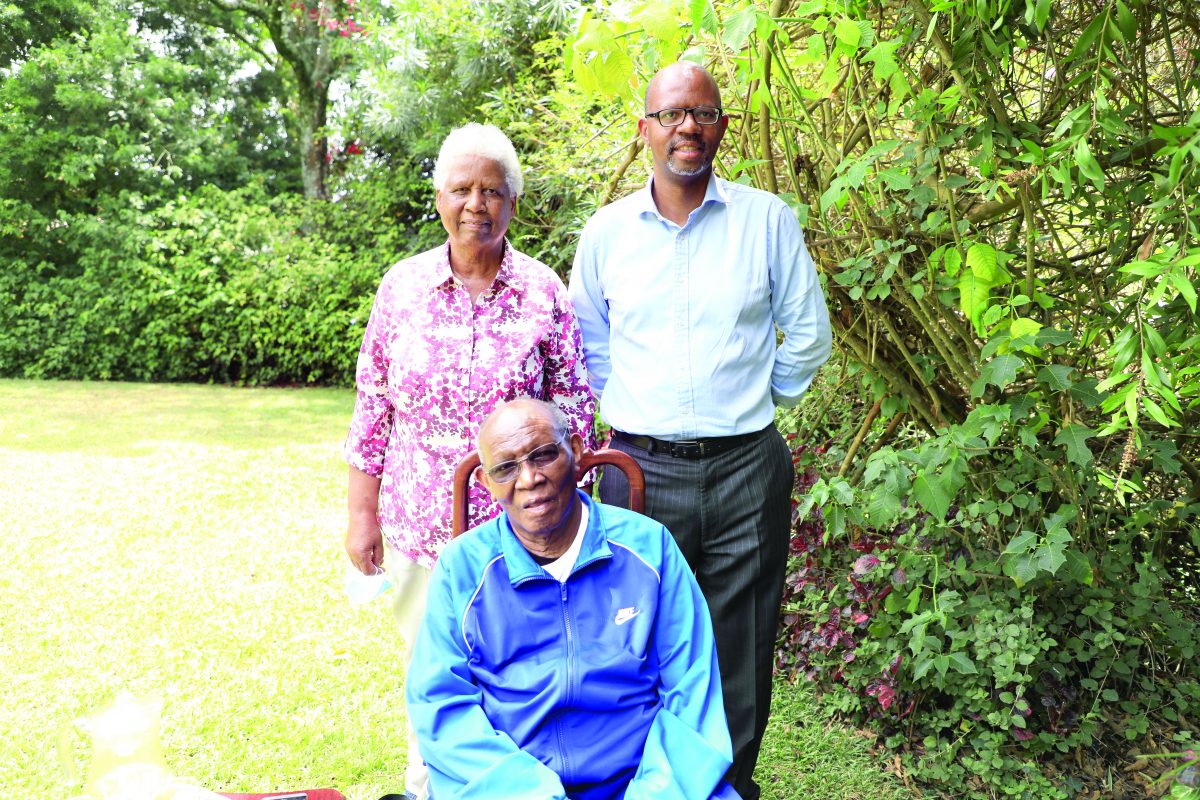The conception of Kenya’s first 100pc malt beer
By People.Reporter, November 4, 2022Sometime in the 1980s, Michael John Karanja, the then Production Director at East African Breweries Ltd (EABL), noticed a trend starting in Europe. Brewers were going back to the original ways of making beer, using pure malt made from barley.
Malt is the essential ingredient of beer. Malting involves germinating grain, usually barley, using water and then stopping the process of germination with hot air.
Malting develops the enzymes that modify the starches into sugars that can then be fermented using yeast. The end product of fermentation is ethanol, the pure form of alcohol.
Barley does not come cheap, and since the goal is to get the sugar found in carbohydrates, most brewers add sugar, rice, and other carbohydrates to try to reduce the cost. From his vantage point as a brewer overseeing production in Nairobi, Karanja observed that an increasing number of brewers in Europe were going back to using malt obtained from barley only.
His observation sparked a thought: “Let me look for a brand that, if these people come, I’ve got my own brand to fight them.” The management liked the idea. They gave Karanja and his team of brewers the go-ahead to develop the product, a brand that would be a variant of Tusker but with a second name, Malt, denoting the purity of its origins.
The quality of the raw material available at the time made it difficult to create 100 per cent malt, but the team worked out a way through that hurdle and accomplished the feat. As he was working out the brewing and production of the new brand, other teams were racking their brains.
For a long time, EABL had wanted to break into the lucrative international market and had the United States in mind – its large adult population with a robust drinking culture would provide a ready market.
“We wanted to go international, and to go international, you’ve got to go with a brand that has not just a name, but it has some qualities that you can sell. We could sell (Tusker Malt) because it has 100 per cent malt and those beers are not many, except in Germany,” Karanja recalled.
It was thus decided that Tusker Malt would be the drink that EABL would use to enter the United States market.
On the marketing side, the company created two ways to mark the beer as an authentic Kenyan product ready for the international market: having the master brewer’s signature on the label, and making the label green, the colour of the dollar. Initially, Karanja did not want his signature on the beer.
“It was the marketing people. They came and said I must put my signature there, and I argued with them,” he recalled. His thinking was that, if something went wrong, “they would come for me.”
He would give in after some reflection and append his signature to the artwork for the label. “Eventually, I said yes, because Guinness has got the signature also. That was why I agreed. It was good. You feel something,” he said.

Trademark label
Arthur Guinness’ signature in the centre of the stout’s trademark label was issued in 1862. It was based on the signature that the famous Irish brewer made on the lease for the St. James’ Gate Brewery in 1759. The signature is one of the main features of the Guinness trademark.
Karanja is understated when he talks about it now, but his son, Mburu, describes it as a proud moment for the entire family.
“It was a very proud moment, seeing my father’s signature on the bottle,” said Mburu. With the brewer’s signature, the green label, and the green bottle with Tusker Malt embossed on the side, it was as if the new product was proudly saying, “Here is a good Kenyan beer made of 100 per cent malt that can hold its own against German beers.” Thus, Tusker Malt came to be, joining a company with a rich portfolio of brands, from Tusker, the beer that started the company, to Allsopps, Pilsner and White Cap, which had been acquired along with the brewery at Allsopp’s on Thika Road where they were brewed.
Because the beer was targeted at the American market, EABL used its connections to bring boxing legend Muhammad Ali to Kenya to launch it. The ceremony was held at the Jockey Pub at the Hilton Hotel in Nairobi in 1986, and Karanja and the senior management flew out immediately to receive the first batch sent to Milwaukee, Wisconsin.
The signature on every Tusker Malt that rolled off the production lines was no mean feat for the man who had grown up in Nairobi and had first sipped a beer as a teenager and disliked the taste.
It propelled him to fame: Drinkers wondered how an African got to have his name embossed on a beer manufactured at a company that had been founded by British men. His friends then took to introducing him as the man whose signature is on a beer. I felt elated. It was quite something,” Karanja said. Despite its wonderful creation story, Tusker Malt did not really live up to the company’s lofty objectives.
EABL had not fully considered that while the United States market was rich in numbers, it was also rich in brewers. Big companies like Anheuser-Busch and Stroh were competing, as provincial breweries and microbreweries also fought for their space.
Too expensive
A product that had travelled halfway across the world could simply not compete, despite a partnership with Miller, another brewing giant in the United States. “You can imagine, taking all that water to the United States. By the time you are landing there, it’s too expensive,” Karanja mused.
Eventually, Tusker Malt had to leave America and come back to East Africa.
“It took off well. We were surprised,” said Karanja, of the beer that would undergo several mutations over the years, but retain its status as a premium beer for the drinker who desires that crisp barley taste.
